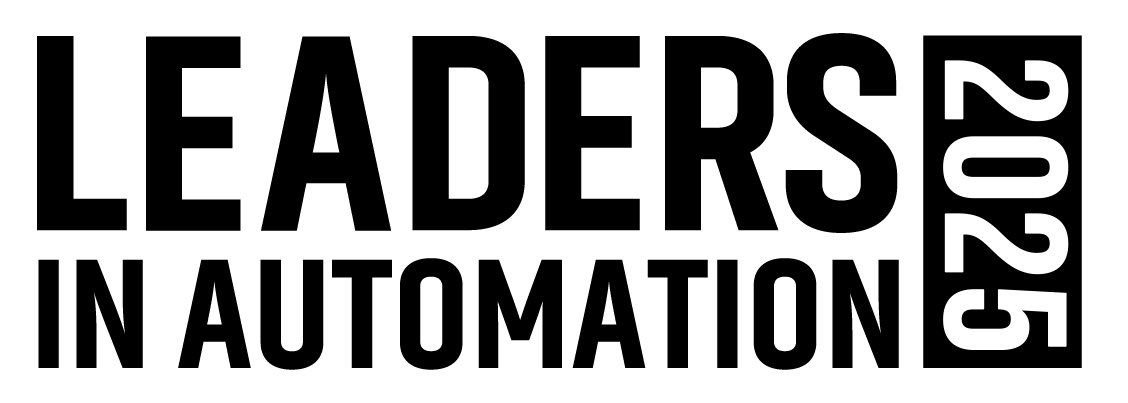New Hires Must Match Team and Company Culture
Ideally, the candidate should be perfect on paper, notes Nancy Holliday, recruiting supervisor for central and eastern North Carolina in Milwaukee-based Manpower’s Professional Engineering Division. But the ultimate decision may depend on whether the market is soft, which favors potential employees, or hard, which favors potential employers, she says. If the market is soft, then employers are more likely to accept less-than-ideal-on-paper candidates, Holliday notes.
Equally important is a candidate’s match to team and company. “Unless a candidate will be working alone, you need to find out how the person fits with the team and the company culture,” Rodgers says. But that’s not possible in a single interview. Get the candidate to meet with team members, especially those with whom he or she may work closely, without a manager present, Rodgers advises. “If the manager hired someone that the team advised against, that would negatively affect the team’s morale. Ultimately, it could destroy the team,” Holliday observes.
Consider, too, candidate commitment and loyalty. Has a candidate jumped from company to company—or has the individual stayed with one employer and grown in his or her career? Of course, if there are layoffs in a candidate’s resume, investigate those and get sufficient explanations, note Holliday and Rodgers. But both add that the definition of “longevity” has changed. “Once, it meant you started with a company and stayed 20 years,” Rodgers says. “I’m thinking it now could be three to five years,” Holliday adds.
Also consider the past performance of candidates. “Ask about their behaviors,” Rodgers suggests. “Ask them to tell you about a time they had a problem with a supervisor and had a disagreement.” Candidates should explain how they resolved that. “Really look at their past behaviors as the best predictors of future performance,” she emphasizes.
Be aware of behavioral-based interviewing’s influence. “It lends a critical piece to the process—especially to identify ‘the blame game.’ That is, if everything a candidate said was, ‘That was someone else’s fault,’ ” Rodgers explains. If that type of response prevails, that’s a red flag, she cautions.
Ask challenging questions
When interviewing, ask candidates about a challenging situation—have them define that event and when—and then explain the outcome and their input to it. Why? “When you ask questions such as ‘How do you do that?’ the candidate will likely tell you what they think you want to hear,” Rodgers says.
A reference Rodgers highly recommends is “Hiring Top Performers: 366 Great Interview Questions for People Who Need People.” It’s by Carol Hacker, president of Carol A. Hacker & Associates, Alpharetta, Ga. A “darned good question” from that book that Rodgers recommends is this: “What is the biggest error in judgment you made in a previous job? Why did you make it? How did you correct that problem?”
Hiring remains vital to a company’s competitiveness. Turnover costs range from 30 percent to 100 percent of a position’s annual salary, Rodgers says. “And in terms of retention, hiring that right person is critical.” Regardless of how it is viewed, hiring is a risk, she adds. “You want to minimize the risk for the company, for the team and for the candidate. You want to make it (the new relationship) a good fit for them.”
C. Kenna Amos, [email protected], is an Automation World Contributing Editor.
